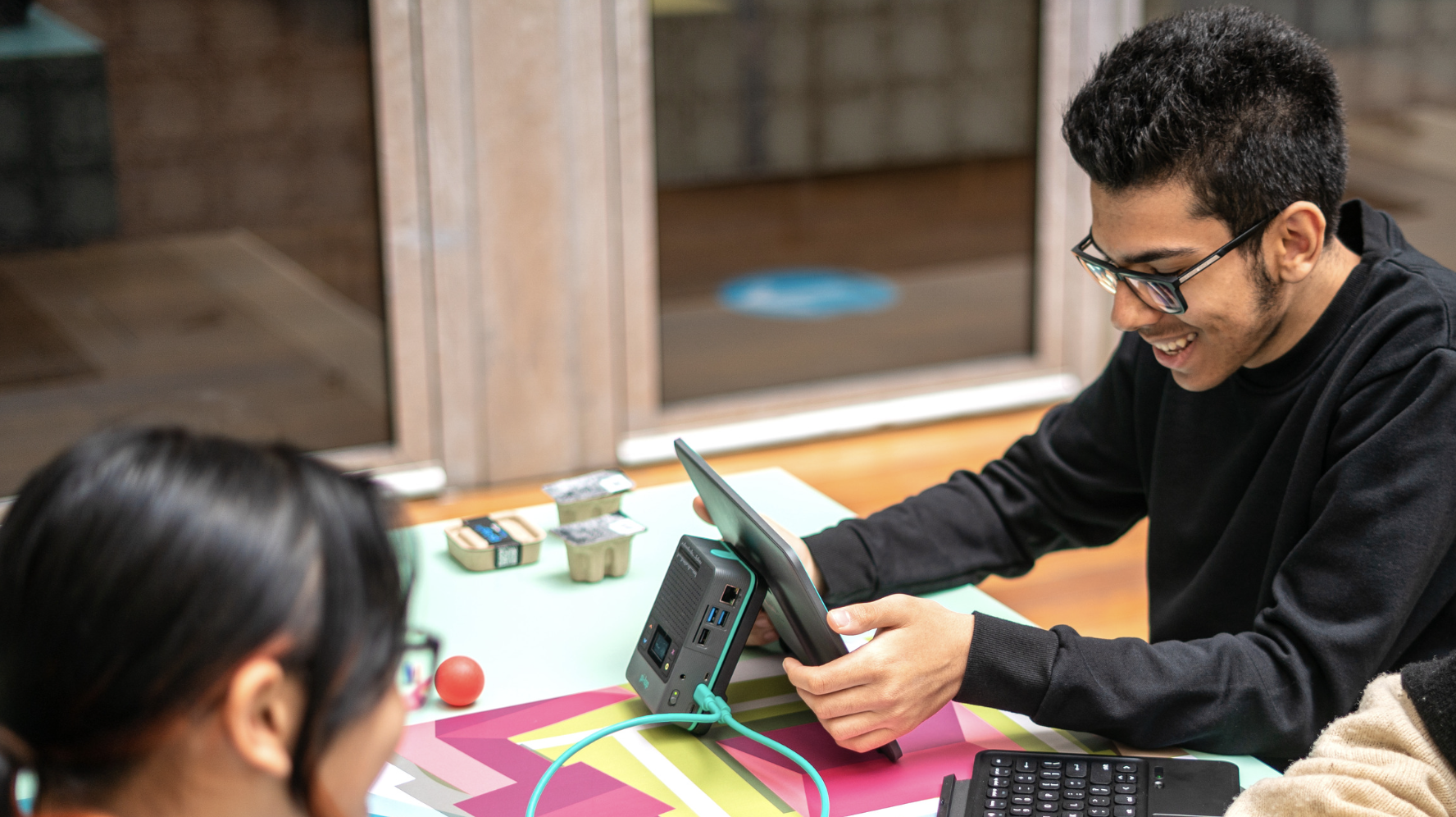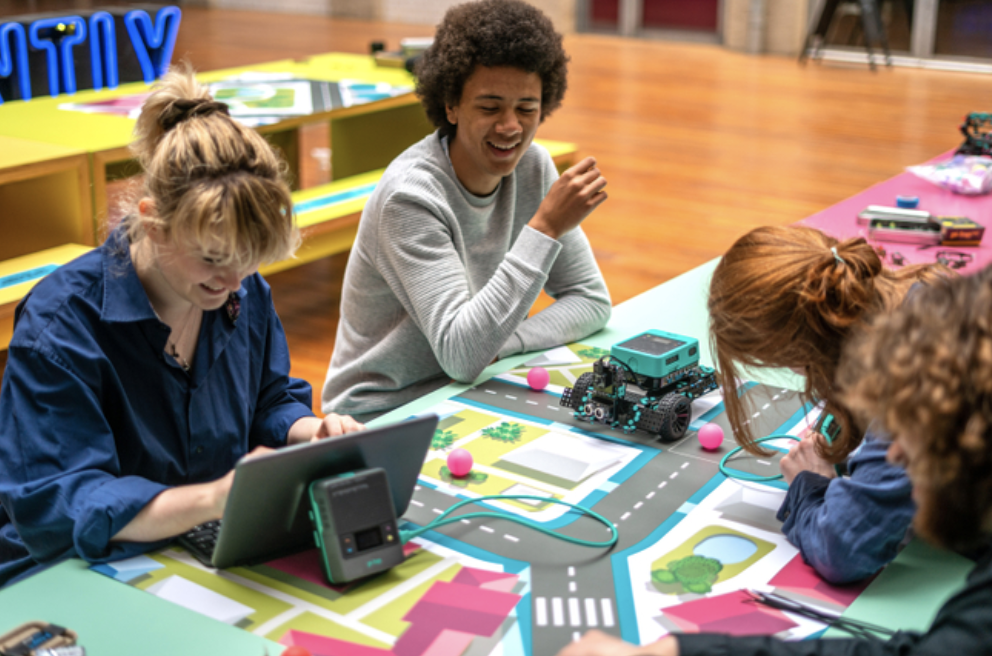Over the last decade, there has been a concerted effort to incorporate computer science and coding into K-12 curriculums throughout the country. This is primarily due to the high demand for computer-related employment and the availability of more than half a billion unfilled positions.

If you are not a computer science teacher, this may seem daunting. However, no matter the age or subject matter you teach, you can integrate computer science skills into your classroom!
Below are some ideas to help you get started.
Digital Resources for Elementary:
➡️ Our online learning management system Further has been designed to take the stress out of learning computer science! With a huge range of projects, courses and tutorials, all designed to give students hands-on computing experience, and comprehensive teacher guides so your lesson plans are all done for you, Further makes teaching and learning computer science simple and fun. Plus, with both block-based coding and text-based coding (Python) available, students of all abilities can get stuck into computer science. It even connects to your preexisting LMS!
➡️ ScratchJr allows children as young as 5-7 to create their own interactive tales and games using simple programming concepts. Through this, they learn how to solve problems, make projects, and be creative on the computer.
➡️ Code.org has a full list of free courses to help incorporate critical technology skills into your class time. There are 6 levels of difficulty to account for students in kindergarten through 5th-grade.
➡️ Students of all grade levels may benefit from Google CS First's computer science program. Students learn via video-based classes that cover a variety of topics such as art, sports, and game creation, among others. Moreover, this type of hands-on learning is free and does not require previous experience!
Digital Resources for Middle School:
➡️ For students in grades 6th-8th, SpriteBox is a great way to help them learn more advanced computer science concepts such as parameters and loops, as well as become more familiar with Java Syntax. The program is set up as a game that students play with occasional coding challenges to advance to the next level.
➡️ Additionally, hourofcode.com contains hundreds of similar games and activities perfect for middle school students! From coding their own self-portraits to creating their own 3D Mario-themed game, your students will be engaged with every lesson!
Digital Resources for High School:
➡️ In addition to the mounds of middle school resources available at hourofcode.com, they also provide tons of advanced games and lessons for high school students. For example, the hyperpad enemy activity enables students to create an AI for an adversary in a platformer which helps them practice logical reasoning and programming skills.
➡️ CodeHS.com is also a great website to help integrate computer science skills into any course. Students can learn basic programming skills with the Intro to CS in Python course or learn specific programming skills in JavaScript with the Intro to CS in JavaScript course. There are also multiple AP CS courses geared towards those in grades 11 and 12. Though not all courses are free, this is a great option if you plan to teach these courses each year.
➡️ ExploringCS.org offers a free year-long course that helps high school students learn and practice the basics of CS. They also offer other engaging activities just for high school students such as the Electronic Textiles unit and the Artificial Intelligence unit.
➡️ Another awesome (and free) resource is codingame.com. Here, students can master their programming skills by coding their own online games. Assign this as a single project for those with more advanced coding skills, or make it a group project. Either way, your students are sure to have fun while learning college-level coding skills!

When considering which resources to use for your students, remember—you know your students better than we do. If your students are not quite ready for the suggested activities or programs, give the lower-level activities a try! That’s what’s so great about these resources we’ve provided—versatility! And as long as you are incorporating computer science into your curriculum, you are setting your students up for success.
.png)
